By Kathy L. Brown
The Story of Us
Unless we are some sort of Zen master of mindfulness, for good or ill most of us walk around all day immersed in the story in our head. We converse with ourselves or imaginary people. We react to events, parse their meaning, and fit them into patterns of our own creation. Each of us stars in our own story for an audience of one.
The late neurologist Oliver Sacks has written extensively on the subject. We seem to be hardwired to find patterns and impose sense on this narrative we call life. We unconsciously amend the objective facts to make a “better” story: More dramatic, more interesting, or just to “earn the ending.” Events really can’t be random and meaningless, right? And that pattern-finding instinct comes into play as we see images in random patterns, from clouds to grilled tortillas.
We Love Some Oxytocin
Human brains produce oxytocin, aka “cuddle hormone,” when we feel trusted or receive a kindness. It increases our empathic abilities–insight into other people’s emotional states–and thus makes cooperation more likely. (Fun fact: Oxytocin triggers the let-down reflex for nursing mother’s milk flow.)
Dr. Paul Zak’s brain chemistry research at Claremont Graduate University took blood from test subjects before and after they heard a narrative. Character-driven stories were associated with increased oxytocin levels. And more oxytocin is associated with more cooperation. Researchers have found stories—”experiential products”—provide happiness, just like real-life experiences.
“Collaborate or Die”
Proto- and early humans had to get it together, literally, or die. An individual naked ape had little chance in the wild. One thesis of social development cites the power of empathy—internalizing another creature’s observed experience and reacting to it as one’s own.
This instinct lead to banding together and cooperative behavior. It helped all member of the group get “on the same page,” as it were. Early cave paintings hint at an oral tradition of storytelling that harnessed the group’s experience: A powerful bonding tool.
The Power of Story
As biologist Nathan Lents points out, “We cannot feel empathy for data.” A character-driven, emotional rich narrative is remembered more accurately later and is more likely to change behavior. Marketers and educators tap this aspect of human psychology. When I was in graduate school, I used a case study for a presentation on health behavior principles. My patient had worked hard as a coal miner all his life. He’d played hard, too. He loved the nightlife, beer, and cigarettes. When we meet, he had end-stage lung disease. Medicines were barely helpful, and the disease would slowly but inevitably destroy his lungs, each breath a labored gasp. But then, he was put on the wait list for lung transplant.
See what I did there? This expository piece turned into a story about a poor dude who couldn’t breathe. Maybe it’s a little more interesting now, as the oxytocin-driven empathy kicks in.
Because story links directly with our emotions, the connection is stronger and faster. The facts don’t have to convince us of the superiority of a particular brand of chewing gum: when we see a sweet, one-minute story about a man, his growing daughter, and the bond between them symbolized by a chewing-gum wrapper collection, we not only want gum, we also want the “gum experience” of love and family devotion.
This blog was originally published on 6/7/2019 at The Storytelling Blog.
Kathy L. Brown lives in St. Louis, Mo. and writes speculative fiction with a historical twist. Her hometown and its history inspire her fiction. When she’s not thinking about how haunted everything is, she enjoys hiking, crafts, and cooking for her family. Montag Press published the first novel in her Sean Joye Investigations book series in 2021. Follow her social media platforms: Instagram at kathylbrownwrites, Facebook at kbKathylbrown, and Twitter at KL_Brown. The Storytelling Blog lives at kathylbrown.com.

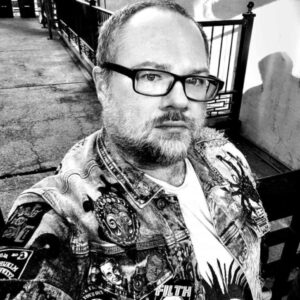 ALEXANDER S. BROWN is a Mississippi author whose first book, Traumatized, was published in 2008 and later re-released by Pro Se Publications. Brown is co-editors/coordinator of the Southern Haunts anthology series published by Seventh Star Press. His horror novel, Syrenthia Falls, was published by Dark Oak Press. His short story collection The Night the Jack O’ Lantern Went Out, published by Pro Se Press, reached bestseller status in three literary categories on Amazon.com upon release. Brown is the author of multiple young-adult steampunk stories found in the Dreams of Steam anthologies, Capes and Clockwork anthologies, and Clockwork Spells and Magical Bells. His more extreme works can be found in the anthology Luna’s Children, published by Dark Oak Press; Reel Dark, published by Seventh Star Press; and State of Horror: Louisiana Vol. 1, published by Charon Coin Press. Brown is also an actor and producer in the short film The Acquired Taste, inspired by a story in Traumatized and directed by Chuck Jett.
ALEXANDER S. BROWN is a Mississippi author whose first book, Traumatized, was published in 2008 and later re-released by Pro Se Publications. Brown is co-editors/coordinator of the Southern Haunts anthology series published by Seventh Star Press. His horror novel, Syrenthia Falls, was published by Dark Oak Press. His short story collection The Night the Jack O’ Lantern Went Out, published by Pro Se Press, reached bestseller status in three literary categories on Amazon.com upon release. Brown is the author of multiple young-adult steampunk stories found in the Dreams of Steam anthologies, Capes and Clockwork anthologies, and Clockwork Spells and Magical Bells. His more extreme works can be found in the anthology Luna’s Children, published by Dark Oak Press; Reel Dark, published by Seventh Star Press; and State of Horror: Louisiana Vol. 1, published by Charon Coin Press. Brown is also an actor and producer in the short film The Acquired Taste, inspired by a story in Traumatized and directed by Chuck Jett. writing books, she’s a librarian at a local library, which is kind of a superhero. Her superpowers include always knowing what kids like to read, being able to read more than 10 books at one time, and the ability to eat more pizza than anyone.
writing books, she’s a librarian at a local library, which is kind of a superhero. Her superpowers include always knowing what kids like to read, being able to read more than 10 books at one time, and the ability to eat more pizza than anyone. continues with the recent Mother of Centuries. His work has appeared in The Twilight Zone Magazine, Eldritch Tales, National Lampoon, River Styx, Tornado Alley and the anthology A Treasury of American Horror Stories, which also included stories by Stephen King, Richard Matheson and H.P. Lovecraft. He has written extensively on historical and arts-related subjects and has been a guest lecturer in fiction at Washington University in St. Louis. He is a lifelong Bigfoot enthusiast, and Annette: A Big Hairy Mom is his first novel for young readers.
continues with the recent Mother of Centuries. His work has appeared in The Twilight Zone Magazine, Eldritch Tales, National Lampoon, River Styx, Tornado Alley and the anthology A Treasury of American Horror Stories, which also included stories by Stephen King, Richard Matheson and H.P. Lovecraft. He has written extensively on historical and arts-related subjects and has been a guest lecturer in fiction at Washington University in St. Louis. He is a lifelong Bigfoot enthusiast, and Annette: A Big Hairy Mom is his first novel for young readers. STEVEN L. SHREWSBURY lives, works, and writes in rural Illinois. More than 360 of his short stories have appeared in print or electronic media, along with more than 100 poems. Nine of his novels have been released, with more on the way. His books run from sword & sorcery (Overkill, Thrall, Bedlam Unleashed) to historical fantasy (Godforsaken) extreme horror (Hawg, Tormentor, Stronger Than Death) to horror-westerns (Hell Billy, Bad Magick, and the forthcoming Last Man Screaming). He loves books, British TV, guns, movies, politics, sports and hanging out with his sons. He’s frequently outdoors, looking for brightness wherever it may hide.
STEVEN L. SHREWSBURY lives, works, and writes in rural Illinois. More than 360 of his short stories have appeared in print or electronic media, along with more than 100 poems. Nine of his novels have been released, with more on the way. His books run from sword & sorcery (Overkill, Thrall, Bedlam Unleashed) to historical fantasy (Godforsaken) extreme horror (Hawg, Tormentor, Stronger Than Death) to horror-westerns (Hell Billy, Bad Magick, and the forthcoming Last Man Screaming). He loves books, British TV, guns, movies, politics, sports and hanging out with his sons. He’s frequently outdoors, looking for brightness wherever it may hide.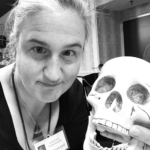 Rachel A. Brune graduated from the NYU Tisch School of the Arts in May 2000, and was immediately plunged into the low-stakes world of entry-level executive assistantship. Her unexpected journey out of that world and into the military is chronicled in her self-published book Echoes and Premonitions. Rachel served five years as a combat journalist, including two tours in Iraq, and a brief stint as a columnist for her hometown newspaper. After her second tour, she attended graduate school at the University at Albany in NY, where she earned her M.A. in political communication, and her commission as a second lieutenant in the military police corps.
Rachel A. Brune graduated from the NYU Tisch School of the Arts in May 2000, and was immediately plunged into the low-stakes world of entry-level executive assistantship. Her unexpected journey out of that world and into the military is chronicled in her self-published book Echoes and Premonitions. Rachel served five years as a combat journalist, including two tours in Iraq, and a brief stint as a columnist for her hometown newspaper. After her second tour, she attended graduate school at the University at Albany in NY, where she earned her M.A. in political communication, and her commission as a second lieutenant in the military police corps.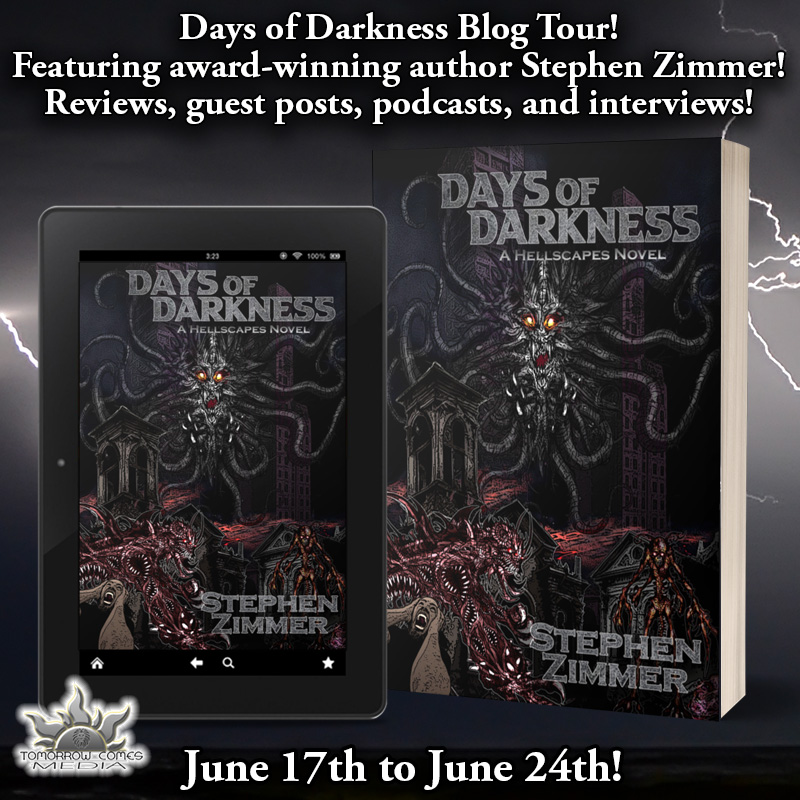

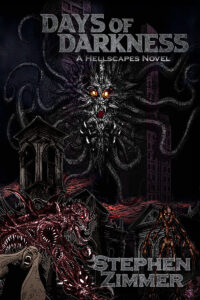

 In my day life I work as a librarian. I’ve always been passionate about books. I can’t remember a time when I wasn’t reading. I started writing when I was a young kid. In fact, one of my first forays into writing was a summer camp where we pretended to be authors. I still have the first books I “published” there. I love helping people find new books and authors. I specialize in teen fiction but I’m also an expert in science fiction and fantasy, which is what I read and write.
In my day life I work as a librarian. I’ve always been passionate about books. I can’t remember a time when I wasn’t reading. I started writing when I was a young kid. In fact, one of my first forays into writing was a summer camp where we pretended to be authors. I still have the first books I “published” there. I love helping people find new books and authors. I specialize in teen fiction but I’m also an expert in science fiction and fantasy, which is what I read and write.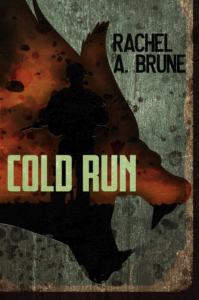
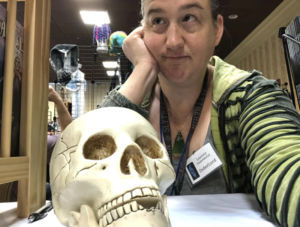 Rachel A. Brune graduated from the NYU Tisch School of the Arts in May 2000, and was immediately plunged into the low-stakes world of entry-level executive assistant-ship. Her unexpected journey out of that world and into the military is chronicled in her self-published book Echoes and Premonitions. After five years as a combat journalist, including two tours in Iraq, and a brief stint as a columnist for her hometown newspaper, she attended graduate school at the University at Albany in NY, where she earned her MA in Political Communication, and her commission as a second lieutenant in the military police corps. Although her day job has taken in her in many strange, often twisted directions, Rachel continues to write and publish short fiction. She released her first novel in early 2013. She blogs her thoughts about reading and the writing life at http://www.infamous-scribbler.com.
Rachel A. Brune graduated from the NYU Tisch School of the Arts in May 2000, and was immediately plunged into the low-stakes world of entry-level executive assistant-ship. Her unexpected journey out of that world and into the military is chronicled in her self-published book Echoes and Premonitions. After five years as a combat journalist, including two tours in Iraq, and a brief stint as a columnist for her hometown newspaper, she attended graduate school at the University at Albany in NY, where she earned her MA in Political Communication, and her commission as a second lieutenant in the military police corps. Although her day job has taken in her in many strange, often twisted directions, Rachel continues to write and publish short fiction. She released her first novel in early 2013. She blogs her thoughts about reading and the writing life at http://www.infamous-scribbler.com.